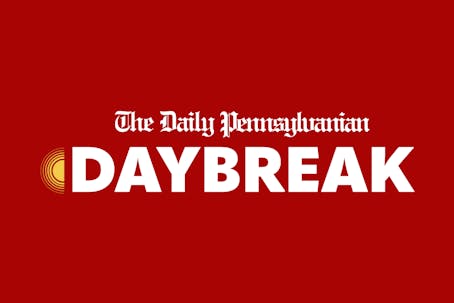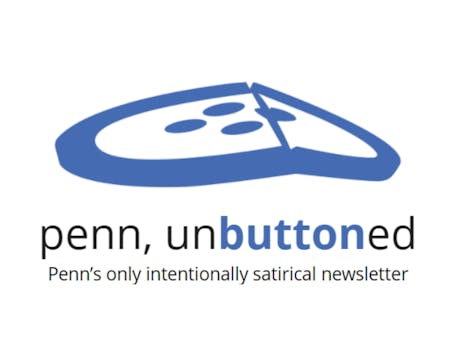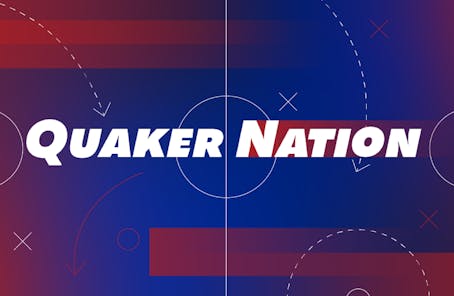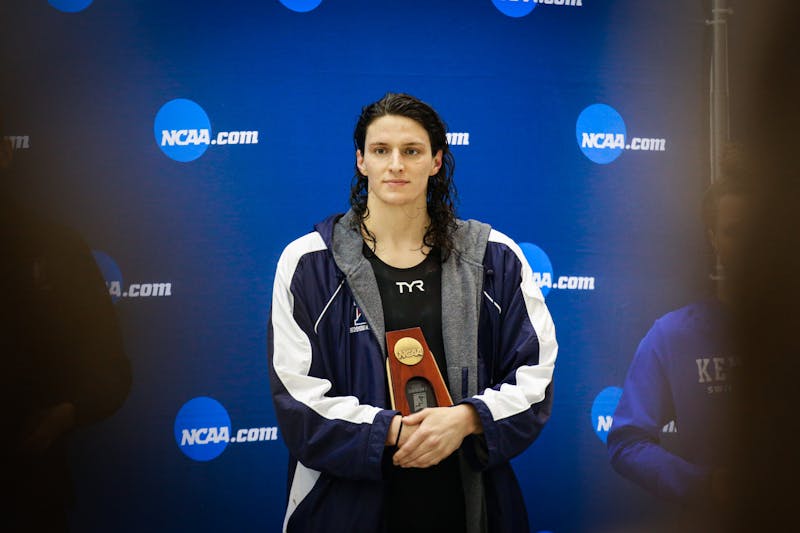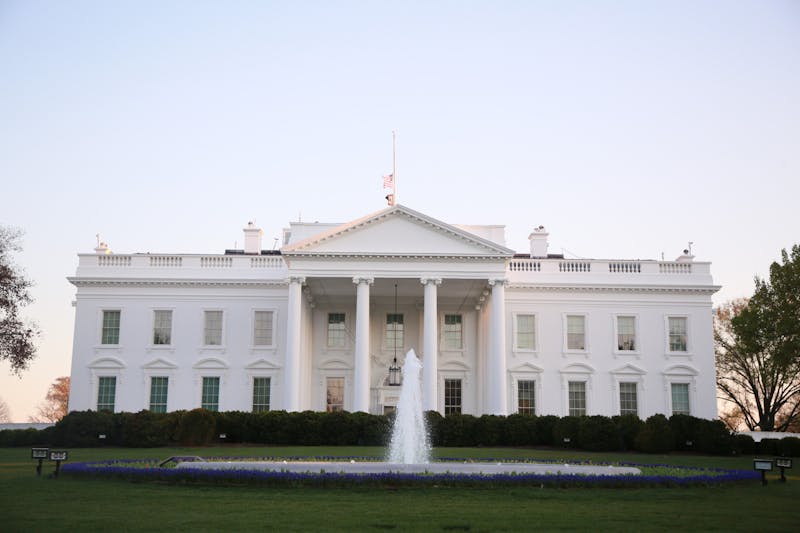The Palestra - the hallowed "Cathedral of College Basketball" - has played host to more NCAA tournament games than any other arena. Yet no Ivy League school has haunted Division I basketball's own holy ground, the NCAA Final Four, since the Quakers' Dream Team of 1979, the second-round David to North Carolina's No. 1-seeded Goliath.
Since the Tournament adopted a sixth round in that same year, Ancient Eight squads have found their way out of the first round only five times, with Princeton earning a No. 5 seed in 1998, the highest ever berth for an Ivy.
Enter the modern Ivy League postseason: Gone are the days of Elite Eight runs, such as Penn's in 1971 and '72, and Princeton's sporadic first-round successes of the 1960s, culminating in its own Final Four berth in 1965.
With the exception of the Quakers' near-upset of No. 2 Texas in 2006, the bog of the first round has thickened in the past decade, holding on to would-be Ivy Cinderellas by their glass slippers.
The usual rationalizations still hold and perhaps no one understands this better than the all-time winningest Penn coach, Fran Dunphy, currently at the helm of Temple's hoops program.
"The cost of education at a typical Ivy League institution wasn't nearly what it is today," Dunphy said. "The fact that the Ivies have a restrictive admission policy, of course, plays a part too. Most mid-major programs just don't have that [depth]."
Due to an intraleague agreement, Ivy institutions cannot offer scholarships based on athletic talent.
It takes two to tango, however. Dunphy pointed out that it's not just the Ivy programs distancing themselves from Division I basketball; college hoops certainly hasn't remained static over the past three decades.
"College basketball is much different than it was in 1979," he said. "It was more balanced at that point. [Then] ESPN came in in the early 1980s and did great work giving exposure to more schools."
There are now 347 NCAA Division I men's basketball programs, 31 more than in 1979. With a broadening field brought on by expanding club participation, usual Ivy powerhouses Penn and Princeton seem to be getting lost in the crowd.
"There are a lot more teams really standing at the edge, as well as many more players," said Jeff Orleans, Ivy League executive director. "If you're Ohio State or Duke, and one of your top seven or eight players is injured, there is almost always somebody else. It's not the same with the Ivy League."
Dunphy added: "To ask a non-scholarship program to go that far again would be very difficult."
So are Dunphy and Orleans, who together have 51 years of Ivy League experience under their belts, cementing the tournament's early rounds as the proverbial impervious fortresses against Ivy League teams?
For Orleans, the formula - and the answer - is far more complex.
"You have to be exceptional, and you have to be lucky," Orleans said. "An Ivy champion has to be the right team in the right place to win in the first and second rounds. After that - well, you're in the hands of fate.
"Can an Ivy team be as good as the '98 Princeton team? Maybe not," he said of the Tigers' 10th-ranked league champion squad. "Could an Ivy team get in the top 40? I do think that's possible."
Orleans pointed to the initiative that Ivy coaches have taken in scheduling tougher, big-school games early in the season, such as Penn's opening match against No. 1 North Carolina tomorrow.
"Nobody can take us for granted, as Cornell showed Duke last year," Orleans said, referring to the Blue Devils' 81-67 win that was extremely close for much of the game.
And Dunphy - who himself demonstrated that he and his '94 Quakers were not to be underestimated when they upset sixth-seeded Nebraska - is still loyal to the school he coached for 27 years.
The one club that he thinks would have the mettle to go deep again?
"I have only one choice in that matter," Dunphy said with a laugh, "and that would be the University of Pennsylvania."
The Daily Pennsylvanian is an independent, student-run newspaper. Please consider making a donation to support the coverage that shapes the University. Your generosity ensures a future of strong journalism at Penn.
DonatePlease note All comments are eligible for publication in The Daily Pennsylvanian.
